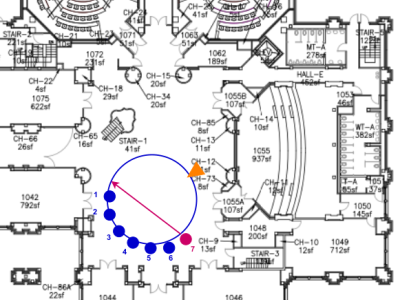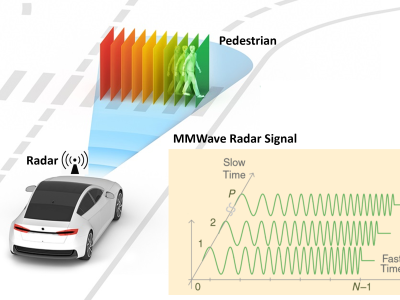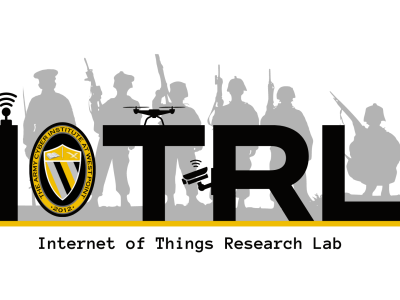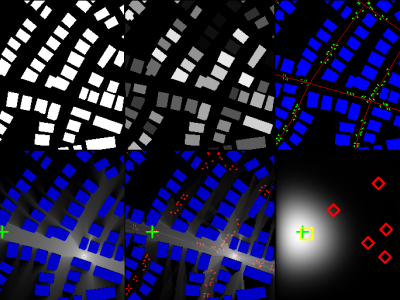64-antenna 7-UE Massive MIMO Indoor Mobility Channel Measurement

- Citation Author(s):
-
Qing An (Rice University)
- Submitted by:
- Qing An
- Last updated:
- DOI:
- 10.21227/76qw-rp91
- Data Format:
 359 views
359 views
- Categories:
- Keywords:
Abstract
We conducted a massive MIMO channel measurement experiment in an indoor setting on the Rice University campus. We used a 64-antenna RENEW software-defined massive MIMO base station and seven software-defined clients in a large open area inside a building hall. We fixed six of the clients in a circle,15maway from the base station. The seventh node was placed on a robot where we moved the robot across the hall starting from the location of the first client to the last. We moved the robot along the path with different speeds, i.e. with0.5m/s,1m/s, and2m/s. The mobile node’s antenna was facing the base station in all the experiments (LoS channel). We repeated the experiments to measure both LoS and NLoS channels for the fixed clients.
Instructions:
We conducted a massive MIMO channel measurement experiment in an indoor setting on the Rice University campus. We used a 64-antenna RENEW software-defined massive MIMO base station and seven software-defined clients in a large open area inside a building hall. We fixed six of the clients in a circle,15maway from the base station. The seventh node was placed on a robot where we moved the robot across the hall starting from the location of the first client to the last. We moved the robot along the path with different speeds, i.e. with0.5m/s,1m/s, and2m/s. The mobile node’s antenna was facing the base station in all the experiments (LoS channel). We repeated the experiments to measure both LoS and NLoS channels for the fixed clients.








